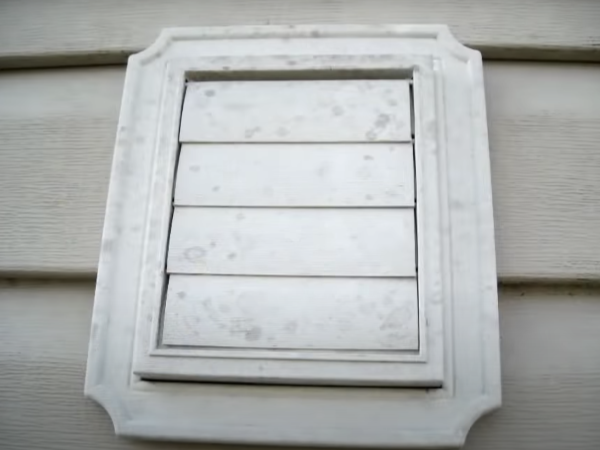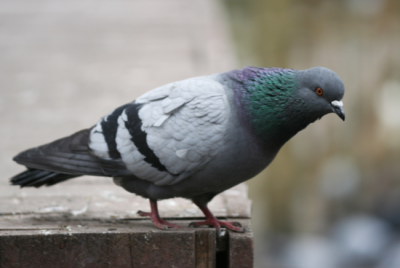How to get Sparrows out of a vent

A home is a place where love resides and peace flows abundantly, you can't afford to lose this because you have sparrows in your vent, disrupting the proper flow of air and causing airborne dust and debris that can be easily inhaled. This is the major reason why you have to get sparrows out of your vent at all costs.
Have you discovered a sparrow nest in your vent and you don't know how to get rid of it? Getting sparrows out of a vent is not as hard as it seems. All you need is a simple removal technique and the right technical know-how of how to get it done. Right here with simple steps, we will be sharing all you need to know on how to get sparrows out of your vent.
Here are a few helpful tips to guide you:
Step 1:
The first thing you need to do is to determine how much nesting and debris you have stuck in your vent. This allows you to properly plan the extent to which you will be cleaning your vent and prevent pushing the debris deeper into your vent. To do this, you will need a simple fiber optics which cost about $200 in a big box lumber store.
You can clean your vent without fiber optics, but you have to be careful when doing so.
Step 2:
Generally, sparrows prefer having their nest about 7 feet above the ground. This simply means you will be needing a ladder to access the nest of the sparrows. Before mounting the ladder, wear personal protective equipment to help protect you from the mites and debris which might fall off from the nest while getting rid of it.
Step 3:
Once you have reached the vent, you need to fasten yourself to the ladder or hold the bar close to the vent firmly. Sparrows are sensitive to noise and will often dart out of the vent when you least expect it.
The moment you notice that the adults are out, the next thing you need to do is determine if there any babies left inside the vent. If there are any, humanely remove them with your hands and drop them on the ground.
Step 4:
After removing the sparrows, the next and most important thing you have to do is remove the nest and every other obstruction in your vent. To do this without damaging the vent, you need a long tool, most preferably a "fish". This is a tool with an extendable clog and a hooked edge at the end. With this tool, you will be able to remove all the debris in your vent without damaging it.
Step 5:
Lastly, you need to disinfect the vent using a mild disinfectant. This will help get rid of mites and other harmful micro-organisms that have been harboring in your vent.

